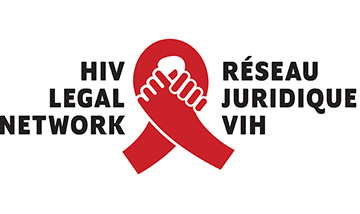Comments on Canada’s Draft Third Report Under the Universal Periodic Review (UPR)
In this brief, the Legal Network provides information about Canada’s implementation of its international human rights obligations as raised in the draft report, organized under subheadings included in the draft report. It expands on issues presented in the Legal Network’s Submission to the United Nations Human Rights Council’s UPR Working Group in advance of the … Read more
